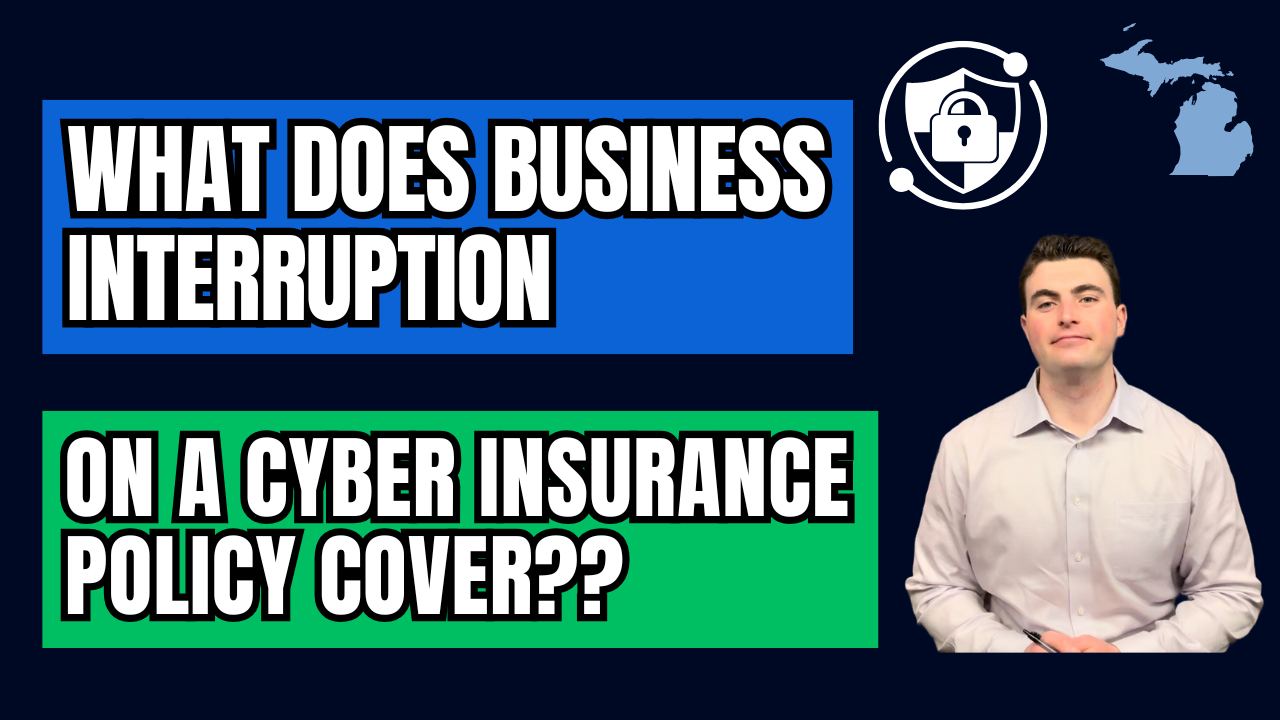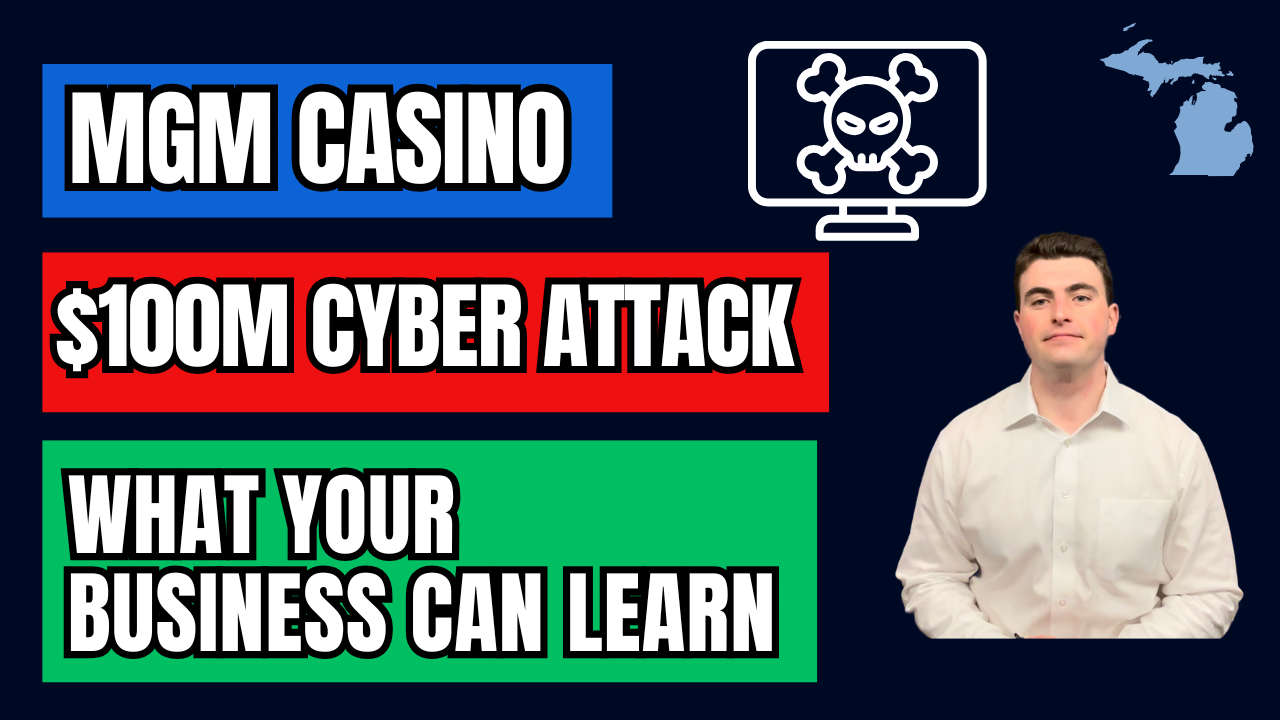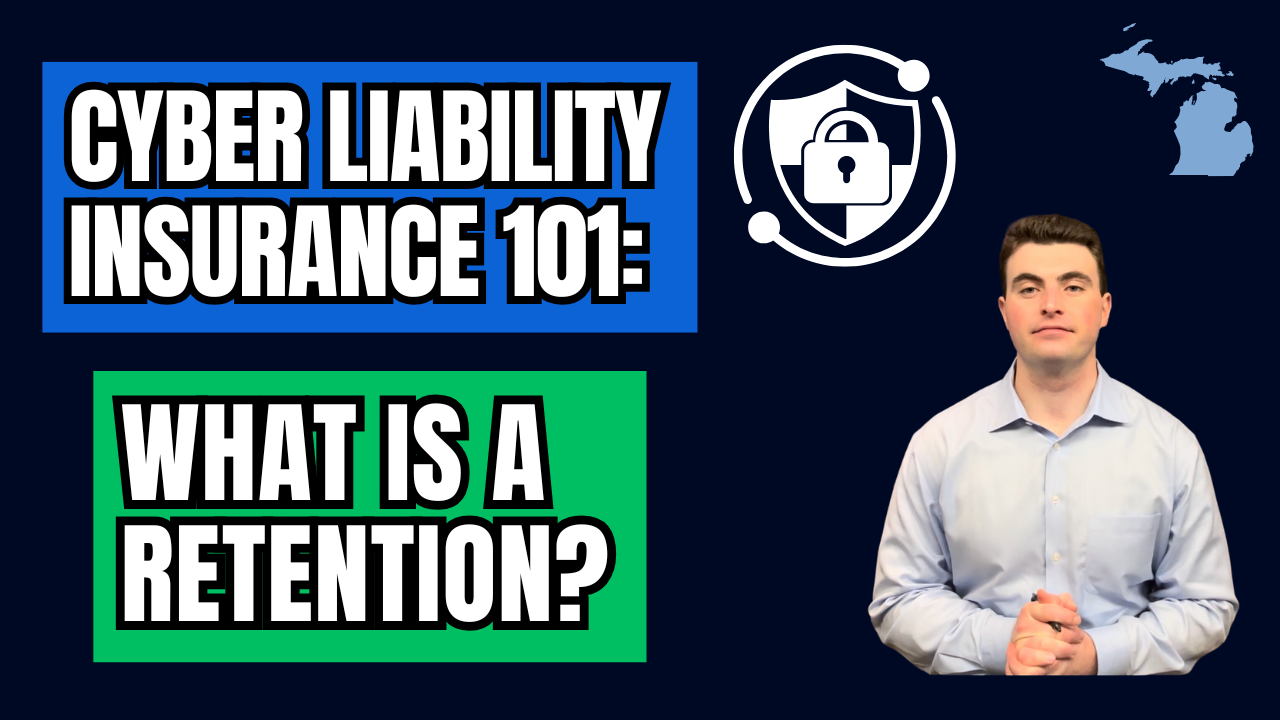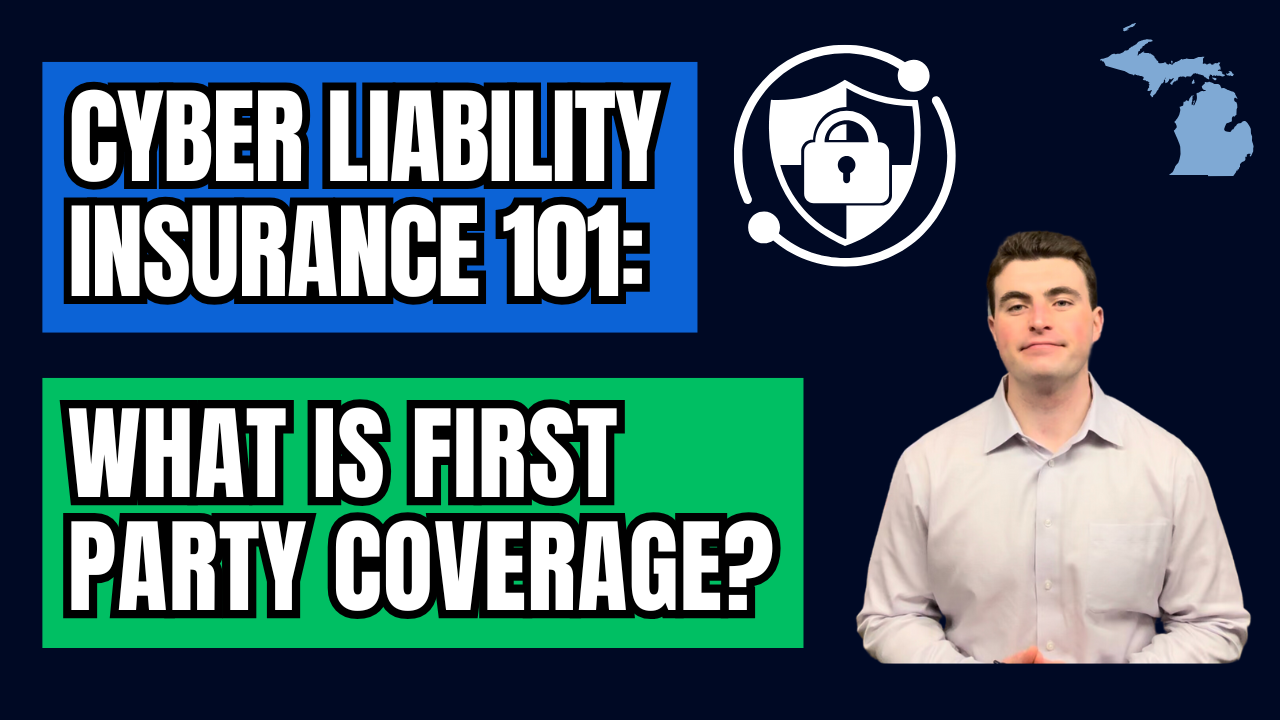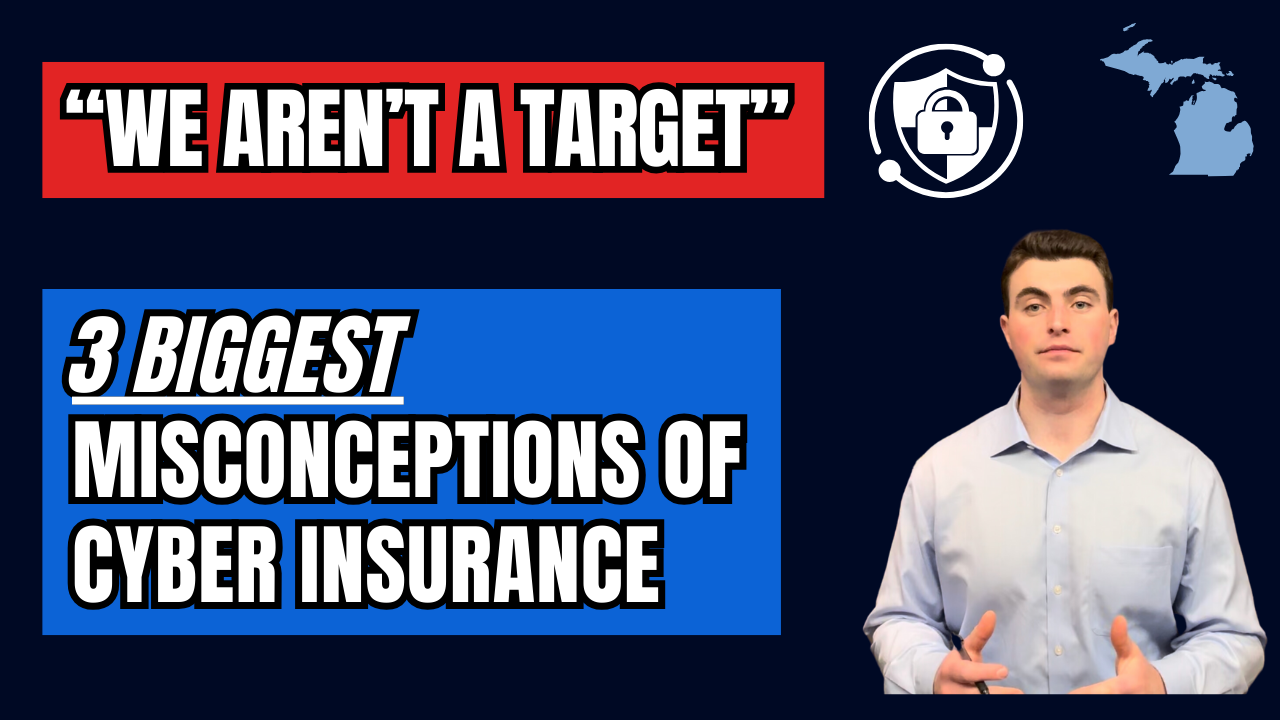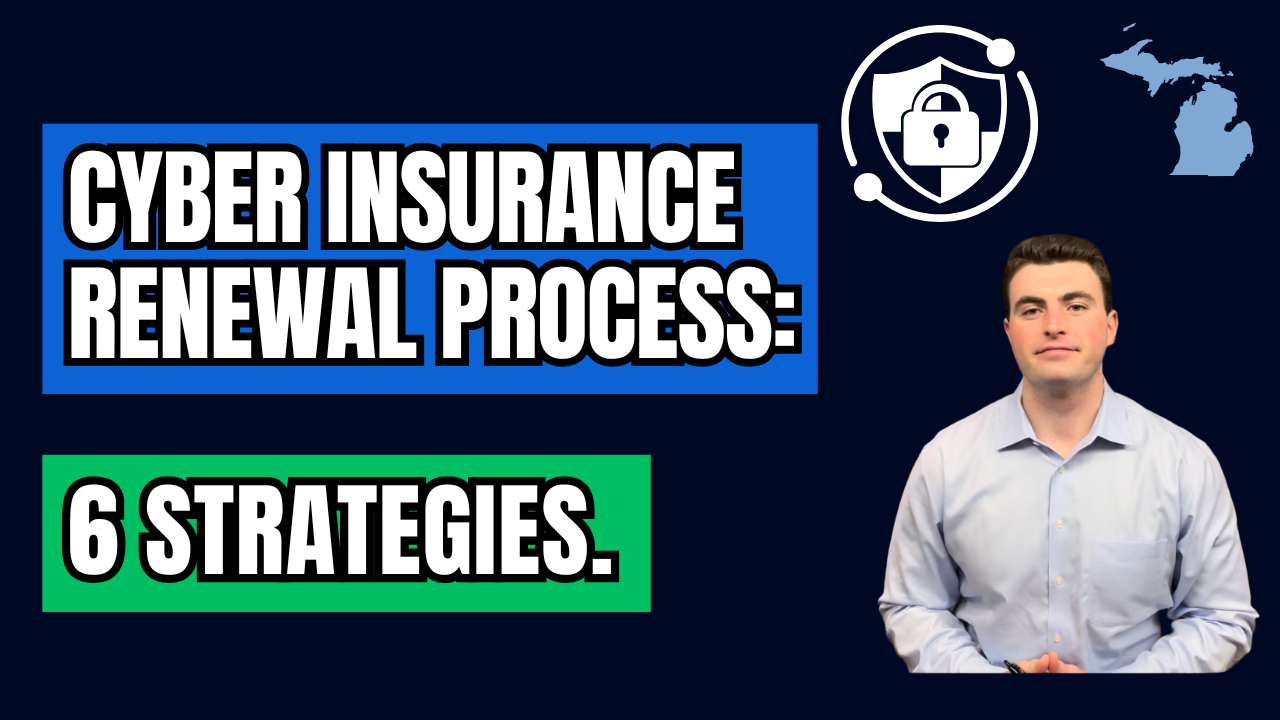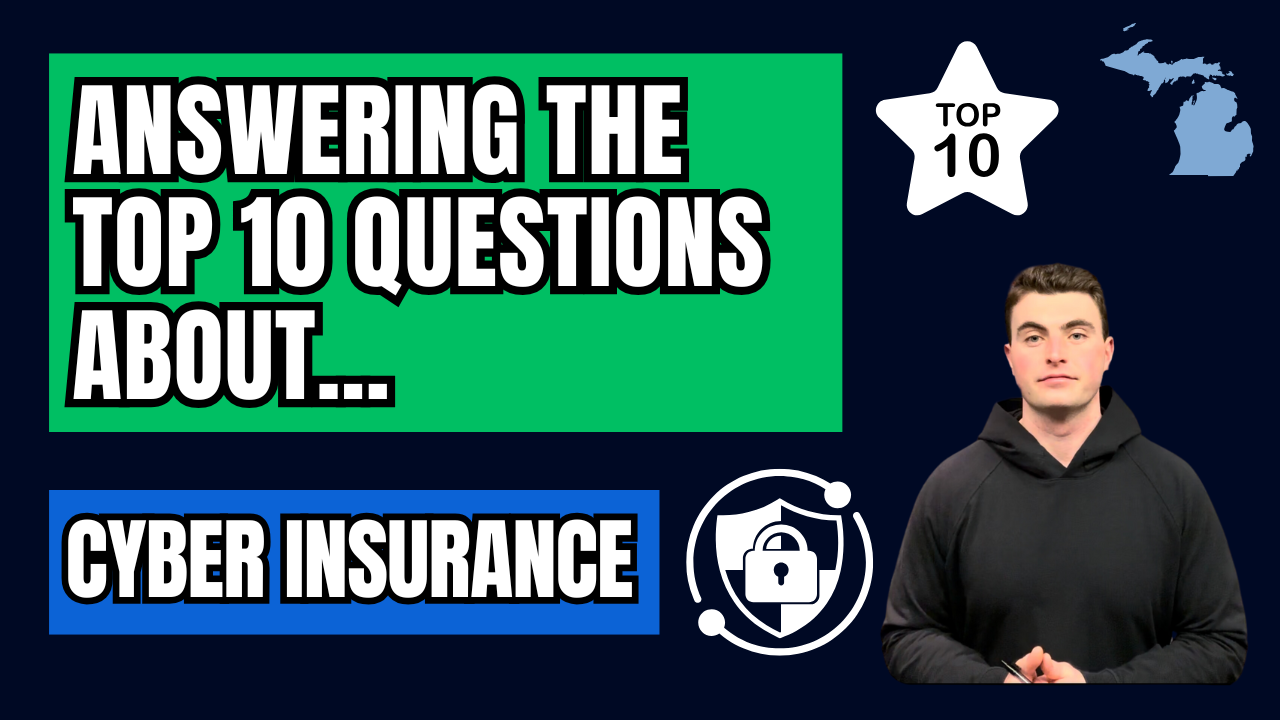Phishing Attacks: How To Prevent Them With Employee Training & Cyber Insurance
Phishing Attacks: How To Prevent Them With Employee Training & Cyber Insurance
Phishing attacks are one of the most common and dangerous forms of cybercrime targeting businesses today. In fact, according to the FBI’s Internet Crime Complaint Center (IC3), phishing was the most reported cybercrime in 2021, with over 240,000 complaints filed. And the numbers have only continued to rise.
So what exactly is phishing, and how can your business defend against it?
Let’s break it down.
What Is a Phishing Attack?
Phishing is a type of cyber attack where criminals impersonate trusted entities—such as banks, government agencies, vendors, or even your own clients—to deceive employees into giving up sensitive information. That might include login credentials, financial information, or even access to internal systems.
These attacks are often carried out via email, but can also come through text messages (called “smishing”) or phone calls (“vishing”). The goal is to trick the recipient into either clicking on a malicious link or attachment—or worse, voluntarily handing over confidential information.
How Phishing Works: The Psychology of Social Engineering
What makes phishing so effective is that it relies on human psychology—specifically, a tactic called social engineering. These messages are designed to look and feel real. They often include:
- Urgent or threatening language
- Email addresses that closely resemble trusted senders
- Links to fake websites that look legitimate
- Requests for sensitive information that should raise red flags
Attackers know that in a busy work environment, even the most careful employees can be tricked into clicking something they shouldn’t.
Red Flags: How to Spot a Phishing Attempt
Make sure your employees are trained to look out for common signs of phishing, including:
- Unexpected emails requesting personal or financial info
- Grammatical errors or awkward phrasing
- Mismatched or strange-looking URLs
- Attachments or links that seem out of place
If something feels off—it probably is. When in doubt, always verify the request through a known, legitimate contact method.
Why Employee Training Is Your #1 Line of Defense
No matter how advanced your software or firewalls are, your employees are the front line. One click can be all it takes for an attacker to gain access to your systems.
That’s why regular, ongoing employee training is essential. This includes:
- Simulated phishing tests
- Interactive security training sessions
- Clear reporting procedures for suspicious emails
- Reinforcing a no-blame culture so employees feel safe reporting issues
Many companies work with IT providers to run fake phishing campaigns internally, helping employees build awareness and practice good habits.
Email Best Practices to Share With Your Team
- Don’t click links or download attachments from unknown sources
- Use strong, unique passwords for every login
- Turn on multi-factor authentication (MFA) wherever possible
- Keep software and systems up to date
- Be cautious even with emails from known senders if something feels “off”
Cyber Insurance: Your Last Line of Defense
Even with the best training and security in place, no system is 100% foolproof. That’s where cyber liability insurance comes in.
Cyber insurance can help your business recover financially from a phishing attack or other cyber incident. Coverage typically includes:
- Legal fees and regulatory fines
- Customer notification and credit monitoring
- Data recovery and forensic investigation costs
- Business interruption losses
Just keep in mind—cyber insurance is not a replacement for strong cybersecurity practices. It’s a safety net, not your first line of defense.
Final Thoughts
Phishing attacks aren’t going away anytime soon. But with the right strategy in place—starting with employee education and layered with cybersecurity best practices and cyber insurance—you can dramatically reduce your risk.
Train your team. Build a culture of security. And make sure your business has a comprehensive risk management plan that includes cyber liability coverage.
If you’re unsure whether your current coverage is enough, or if you’d like help putting together a protection plan for your business, don’t hesitate to reach out.
Contact Us
We will get back to you as soon as possible.
Please try again later.
